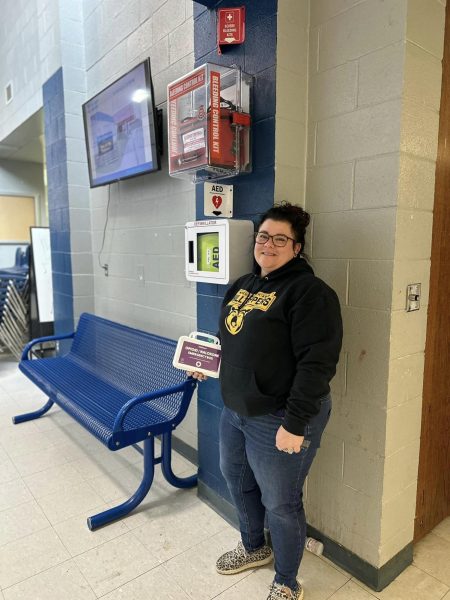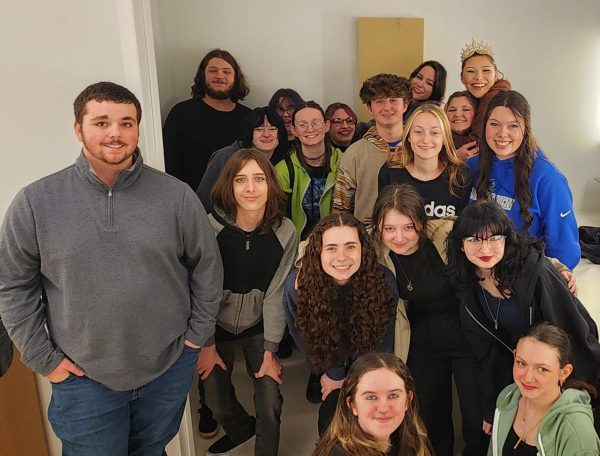Exclusive Q&A with Dr. Clay Marsh
COVID-19 Czar talks to The Blue & Grey newspaper
October 28, 2020
West Virginia COVID-19 Czar, Clay Marsh’s exclusive interview with Joe Derico of the Blue & Grey. The telephone interview lasted approximately 25 minutes and covered several topics including the county alert map, COVID-19 testing, and what this means for students.
Here are some of the highlights from the interview.
Q: “What is your official title?”
A: “… I am the Vice President and Executive Dean of the Health Sciences for West Virginia University.”
Q: “How do you think it is going overall with students being back in school?”
A: “I think it is going

pretty well…”
Q: “What is the county alert map, and how does it impact students and education”
A: “So the county color map is a map that starts to look at each county and the rate of activity and spread of COVID-19, and we have altered the map from just using the infection rate, which is really the number of new daily positive cases, which is taken on a 7-day rolling average for any county over 16,000 total population, and a 14-day rolling average for any county under 16,000, and then corrected for 100,000 population. And this is a metric that is really championed by the Harvard Global Health institute, and we had initially used that as our sole metric. …The problem was, that that metric alone, did not take into account how many tests are being done to get to those number of positive cases, so therefore to try to reduce the number of new daily positive [tests], people stopped testing. Because people stopped testing, we saw the number of tests drop to about half of what we are doing, we saw our reproductive score go way up, in fact we were worst in the country for five days before we saw our death rate start to go up, so then we augmented our approach to include our second metric, which is our precent positive rate, and the precent positive rate really looks at how the appropriate number of tests, divided by the number of positive tests, that happen on a daily basis. That then allows us to take into context [the positivity rate].”
Q: “Could you explain the reasoning behind the recent changes to the map?”
A: “Yes, if the infection rate is the only number, the new positive cases, that is considered, it doesn’t take into any context how many tests are done, and the percent positive is what really starts to look at the number of tests that have been done–to identify those people who might be able to spread when they’re not symptomatic. If the only people who are getting tested are those who are symptomatic, then it makes the infection rate much worse.”
Q: “Are college students counted in their county of origin, or the county that they are living in?”
A: “So my understanding is that if you spend more than 180 nights a year, then you are counted in that county”
Q: “What can we do to ward off the influx of positive cases, that are surrounding us on all sides?”
A: “Well, I think that the truth is, … part of the problem with COVID is that it not limited, it is everywhere. So, we know that having testing measures in place is important to catch it… so get tested and take the proper precautions.”
Q: “What changes would you like to see in West Virginia’s testing methodology and reporting?”
A: “I’d like to see more testing available, because we want to see those numbers and catch the people who are spreading without showing any symptoms. Overall, I’d like to see more testing, cheaper testing, more accurate testing, and more timely results.”
Q: “Are there any guidelines you’d like to see enforced more strictly?”
A: “Well, I think it’s a real balance and the governor has been real consistent, and anytime we divide our people down the middle, we have different factions fighting, and some feel that it is an infringement on their rights, so we are trying to ask people to maintain personal responsibility, without imposing anything which will further alienate different groups.”







